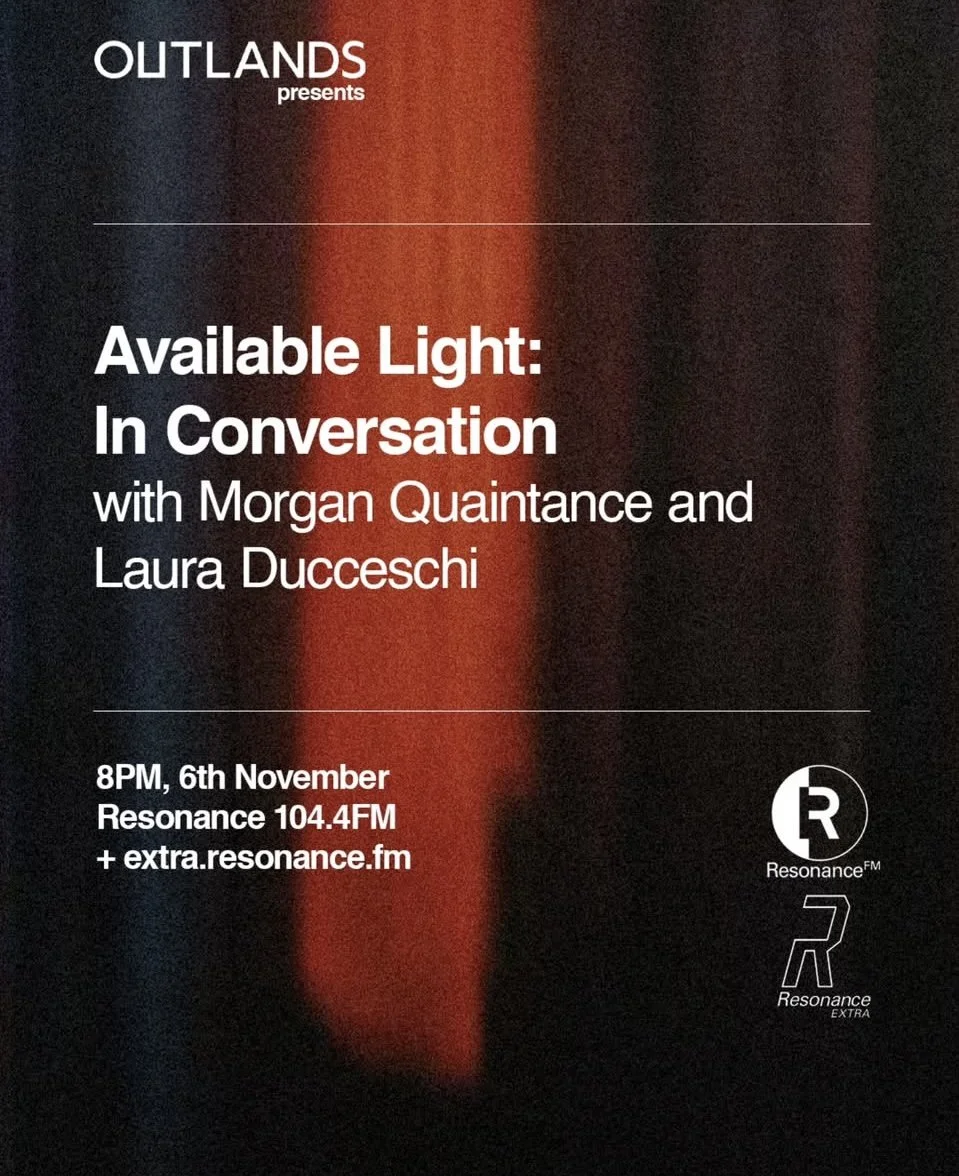I heard these sounds in February.
Mausoleum acoustics, tuned air.
A strained nothing sound. Air thin choral resonances.
Leaning in between acoustic screens.
I step through the curtain, drop my self consciousness and sing. I find harmony with AI, enjoying the secluded, private space to share my voice. I wonder if I’m singing with another human, unseen in the booth opposite me.
I face a wall with my back to the speakers.
Ponies squelch through mud in Hyde Park. The ground I’m walking on is wet. Every footstep slick and glistening. I look up just as a formation of croaking geese fly towards me, passing just over my head. I hear fluttering details of feathers beating.
A voice against a backdrop of cicada’s, wavering tones and ambience, plays from a small speaker cone embedded in an old, brown wooden box. The sound waves leave that box, pass over a floating wooden approximation of a toilet bowl and cistern before activating the wide gallery acoustics.
A soft motorised rhythm pulses, then a hum and a click before that original pulse takes on a ticking higher note that ripples away from me.
Variations of the above sequence surround me.
Distant, faint rising and falling pitch like an air raid klaxon.
Occasionally a squeak ignites the room like a sneaker on a basketball court.
The wooden box voice drifts through to here.
Read More

















